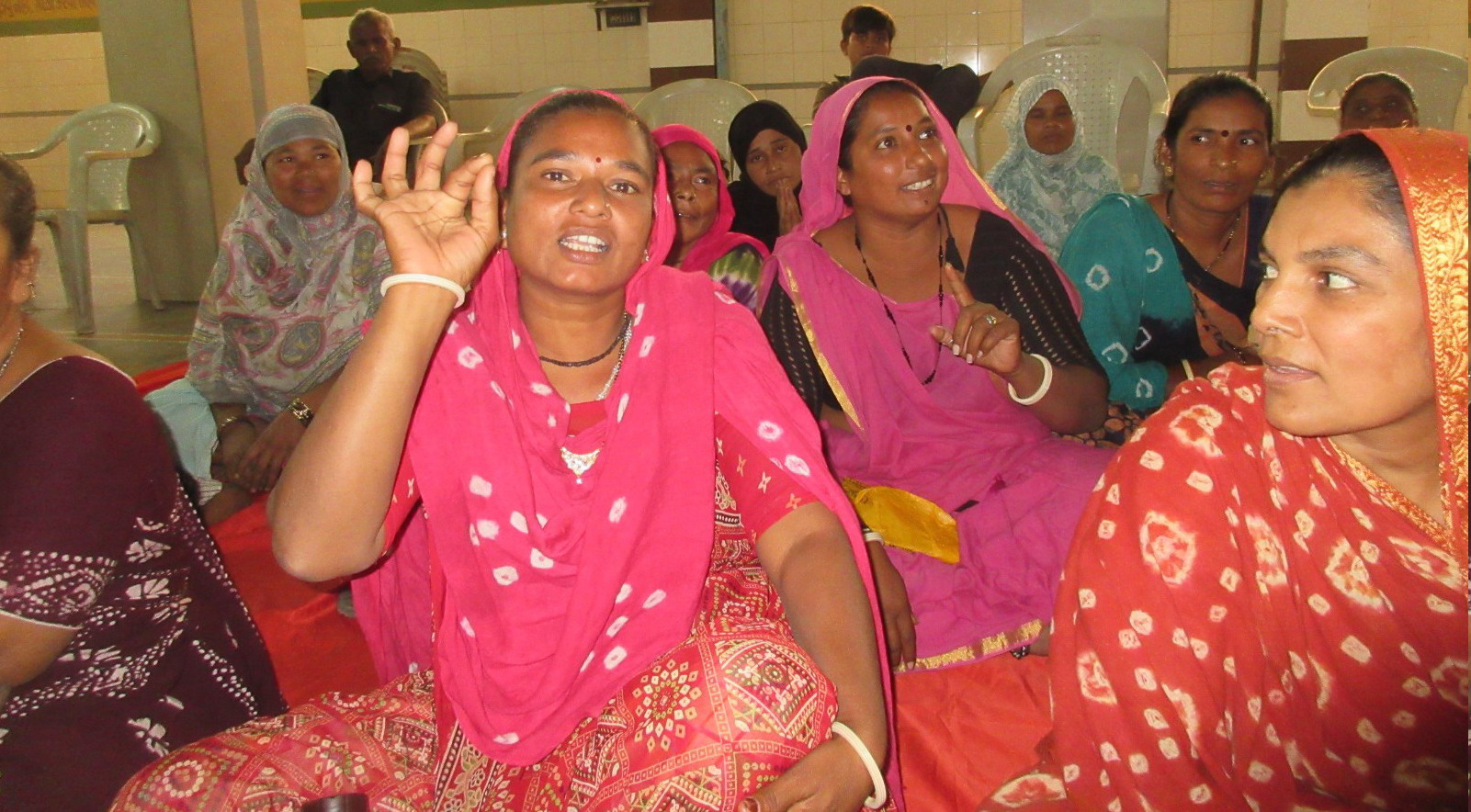
By Mihir R. Bhatt, All India Disaster Mitigation Institute (AIDMI), India
There is not a single country in the Asia Pacific that can avoid direct, substantial, and sustained action on extreme heat in 2025. This was evident at the APMCDRR 2024 Manila session on “Gender-Responsive Solutions for Heat Stress: Safeguarding Women’s Livelihoods” by ICVA, ADRRN, and AIDMI. This was also clear at RHPW 2024 Bangkok session on “Localization and Adaptation by Communities: Focus on Extreme Heat”.
Due to the two sessions mentioned earlier, there was an increased demand from authorities and local organizations for AIDMI to provide recommendations for action on extreme heat. In response, AIDMI invited ICVA and ADRRN to collaborate and develop a way forward for all three organizations, as well as the various stakeholders they engage with in the Asia Pacific region.
This collaboration resulted into a call for sharing of experience and expertise by Southasiadisasters.net, a leading and long-standing local initiative bridging the policy and performance gap. The response from local authority, civil society agencies, and others were overwhelming and it was decided to jointly co-edit this issue for wider use and planning. Drawing from the contributions in this issue and reflecting on the two sessions mentioned above, we have the following five areas of action.
AIDMI, ICVA, and ADRRN are committed to taking the above five and related key actions ahead at policy as well as performance local to authorities, CSOs, and most importantly to local communities.
Those readers with collaborative interest are welcome to be in touch as soon as possible. Asia Pacific needs all of us to join efforts to cool down the region itself and the planet. There is no doubt.